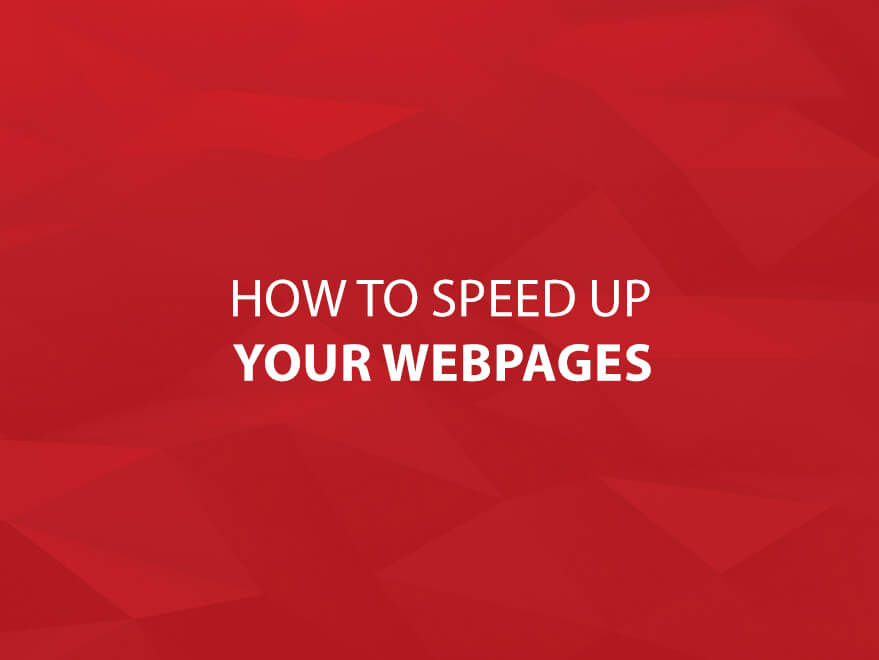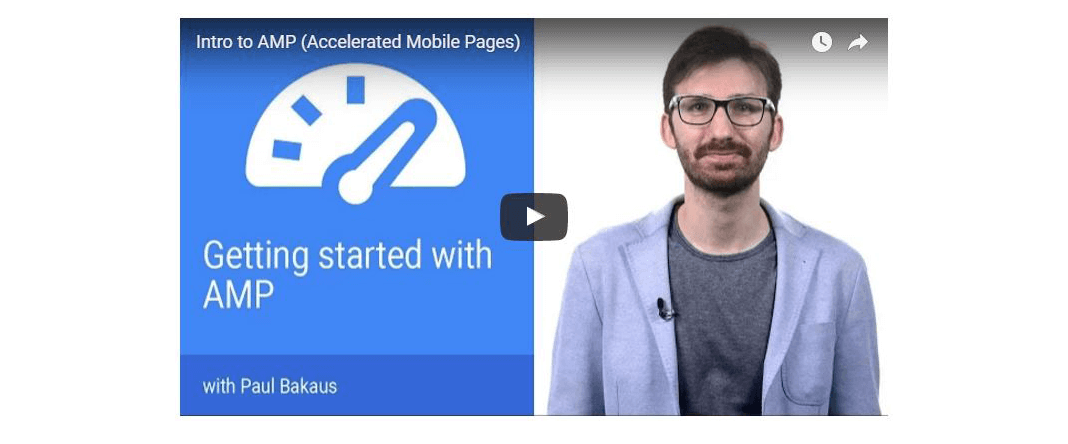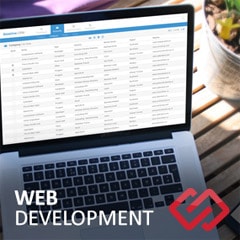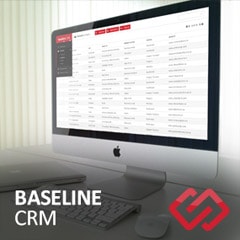How to Speed Up Your Webpages


What in the world has happened to websites? Gone are the days of just giving visitors information. Now, a full on digital experience is what designers and developers aim to create. Websites have become visual representations of bloggers, businesses, governments and just about anyone else you can think of.
To create an optimal website experience developers and designers need to use the best resources available. Whether that means using high quality images, implementing creative scripts or using the newest third-party plugins. However, over time, all of these features begin to slow down your website. This blog will discuss some of the major causes of a slow website and also some tips and tools that you can use to fix your speed problem.
Top 3 Problems That Are Most Likely Slowing Down Your Website
Large Images
A picture is worth a thousand words. This is especially true for web designers. Not only can a great looking website create a great experience for visitors, but it can actually be a differentiator when a customer is choosing between two businesses. In order to properly portray your brand, blog or business as unique, creative, modern or professional, means you must have high-quality graphics on your website.
However, having high-quality graphics means having graphics that are larger in size. Graphics that are extraordinarily huge are the number one cause for websites behaving slowly. I know that awesome turtle on a surfboard picture that you used to use as your background on your 4K monitor is pretty cool, but it is the reason your website’s speed is so meager.

You don’t want to compromise you brand image, but you do want awesome pictures. Well, all is not lost – here is what you can do.
- Make graphics as close to the natural size that they will appear on your website. If the image is 1200px, but will display at 240px, then there is no need for you to have the large version.
- Use image reducers like Tiny PNG or Compress Now. These sites do a great job of reducing the size of your images, while keeping the quality. You can read how these websites perform such magic when you check out the links.
Linked Elements

Using your website to pull info, or images, or scripts from other websites can help raise your awesomometer to levels that have never been seen before. And everyone knows that if you want to be considered hip with younger generations, having a social media feed on your website is mandatory. These millennials must constantly know exactly what Facebook posts are being tweeted and what SnapChat filters are being pinned.
The challenging part about pleasing this generation is that Twitter and Facebook feeds slow down your website worse than that guy who thinks 90km/h in the fast lane is appropriate. Do your best to limit the number of linked elements on your website. If you must have them, then (if you are hosted on your own server) upload copied versions of them to your server rather than continuously using the third-party server. That should help with speed.
Third-party Plugins (WP)
We do not currently use WordPress, but we have in the past and have plenty of experience with the platform. Other web-based platforms also have these third-party plugin speed issues, but we are mentioning WordPress because it is one of the most popular.
Whether you like it or not, plugins will slow down your website. The key to keeping your website speeds at a bearable level is maintaining your plugins. Don’t just settle for bulky and slow. Keep looking for newer, better versions. And also, when your plugins need to be updated – do it! Bug fixes can sometimes be annoying, but more often than not, they are helpful.
Other More Specific Speed Problems
This next list of hints is slightly more advanced, but are still very important when trying to fix your website speeds. You can either reach out to us for some tips on how to complete these suggestions or you can summon the Google machine and see what is has to say about each individual item. Here are some other speed optimization solutions:
- Avoid a character set in the meta tag
- Avoid bad requests
- Avoid CSS @import
- Avoid landing page redirects
- Combine external CSS
- Combine external JavaScript
- Combine images using CSS sprites
- Defer parsing of JavaScript
- Enable Gzip compression
- Enable Keep-Alive
- Leverage browser caching
- Minify CSS
- Minify HTML
- Minify JavaScript
- Minimize DNS lookups
- Minimize redirects
- Minimize request size
- Optimize the order of styles and scripts
- Parallelize downloads across hostnames
- Prefer asynchronous resources
- Put CSS in the document head
- Remove query strings from static resources
- Serve resources from a consistent URL
- Serve static content from a cookieless domain
- Specify a cache validator
- Specify a character set early
- Specify a Vary: Accept-Encoding header
Tools You Can Use to Test Website Speed
Here are some great website speed testers. All of these tools will show some slightly different results. It is best to use a couple of them, take what they say with a grain of salt and implement the changes that they suggest. Here are some the tools you can use:
Also, if you are feeling very ambitious, you can implement Google’s AMP Project throughout your website. Google’s AMP project, basically, is an initiative that Google started that allows web developers to build webpages for static content that renders fast. AMP loads webpages for user experience first. Pages do not jump around when new elements load because the first thing it loads is a predetermined structure and overall speed increases. A hand-tuned webpage could still be faster, but it is a stripped down version that is open source and built for efficiency. Converting all of your webpages (or at least your blog) could be a timely task, but overall speed will likely improve.
Website Speed Conclusion
…Text is loading…
Now that you have seen some of the major causes of poor website speed, some tips on what to do about these problems and also some tools that you can use to help with your issues, you can now attempt to speed things up. If you need any help in terms of implementing any of these solutions or would like me to better explain something, be sure to reach out in the comment section below. And remember, website speed is part of the user experience.
If you enjoy our Web Blogs, be sure to subscribe to our Core Web Newsletter!
And as always, Thanks for Reading!
Steve Malott








Comments